16 Apr Safety Matters Construction – Fall Protection: Guardrails
[wpseo_breadcrumb]
That’s why having adequate fall protection is crucial when working from height.
OSHA standards require some form of fall protection (e.g., guardrails, safety nets or fall arrest systems) to be in place at construction sites with vertical drops of 6 feet or more—except for certain tasks, such as scaffolding, in which vertical drops must exceed 10 feet before protection is needed. The type of fall protection necessary depends on several site features and the nature of work being performed.


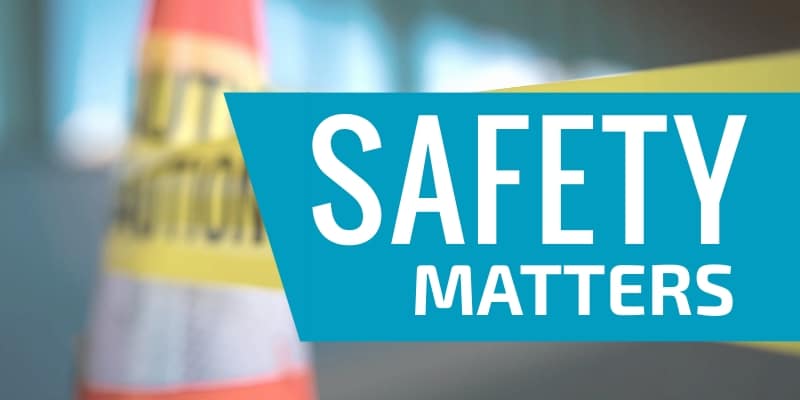 According to the Occupational Safety and Health Administration (OSHA), falls from elevation account for the majority of fatalities within the construction industry—with over 300 fatal falls occurring each year.
According to the Occupational Safety and Health Administration (OSHA), falls from elevation account for the majority of fatalities within the construction industry—with over 300 fatal falls occurring each year.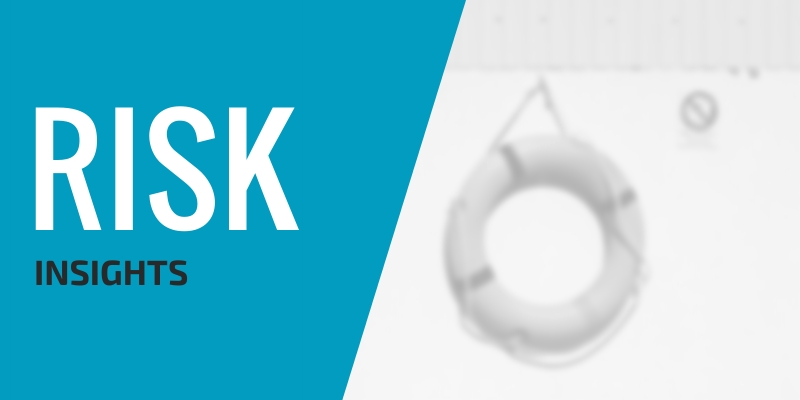 The type of sprinkler system that best suits your commercial property should be determined by your operations, building characteristics and fire protection needs.
The type of sprinkler system that best suits your commercial property should be determined by your operations, building characteristics and fire protection needs.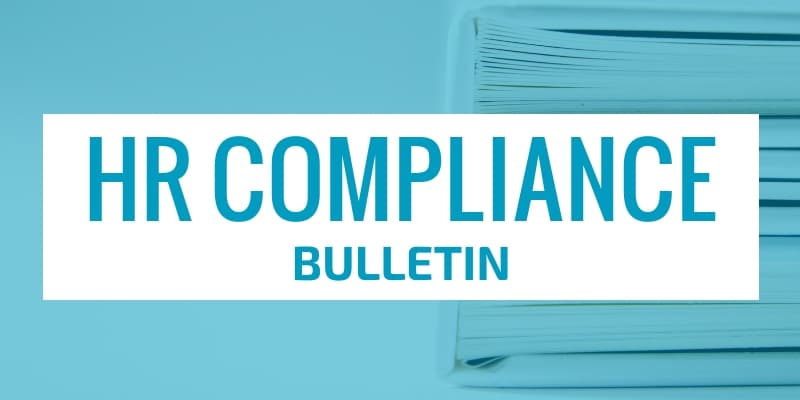 On April 7, 2021, the U.S. Department of Labor (DOL) issued
On April 7, 2021, the U.S. Department of Labor (DOL) issued 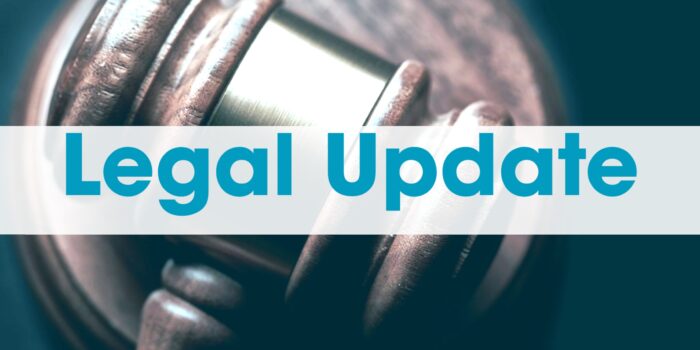 On April 9, 2021, the Internal Revenue Service (IRS) released a
On April 9, 2021, the Internal Revenue Service (IRS) released a 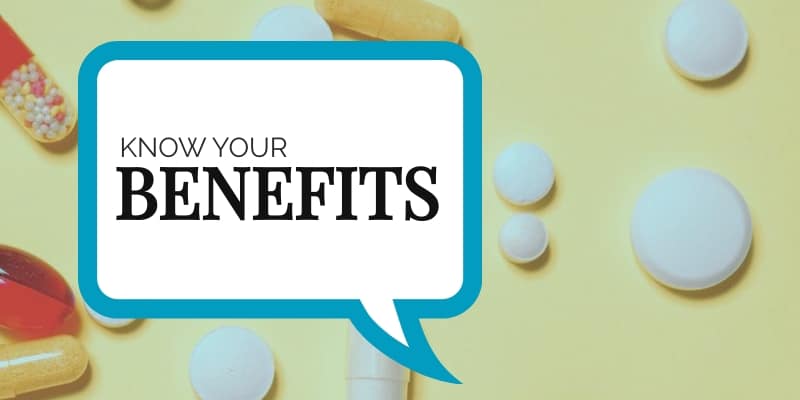 During the COVID-19 pandemic, you may have purchased masks or personal protective equipment (PPE) for the purpose of preventing the spread of the coronavirus (COVID-19).
During the COVID-19 pandemic, you may have purchased masks or personal protective equipment (PPE) for the purpose of preventing the spread of the coronavirus (COVID-19).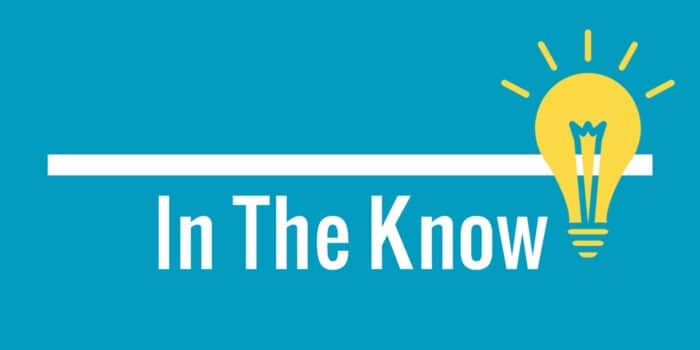 At the end of March 2021, President Joe Biden
At the end of March 2021, President Joe Biden 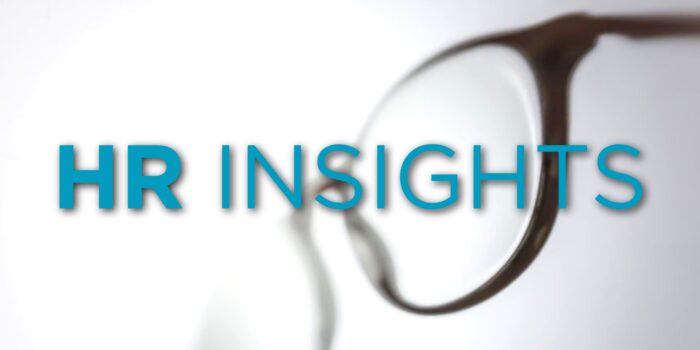 The COVID-19 pandemic has been testing the limits of every organization. It’s tested resilience, it’s tested adaptability and, critically, it’s tested the trust between managers and their employees.
The COVID-19 pandemic has been testing the limits of every organization. It’s tested resilience, it’s tested adaptability and, critically, it’s tested the trust between managers and their employees. In a
In a 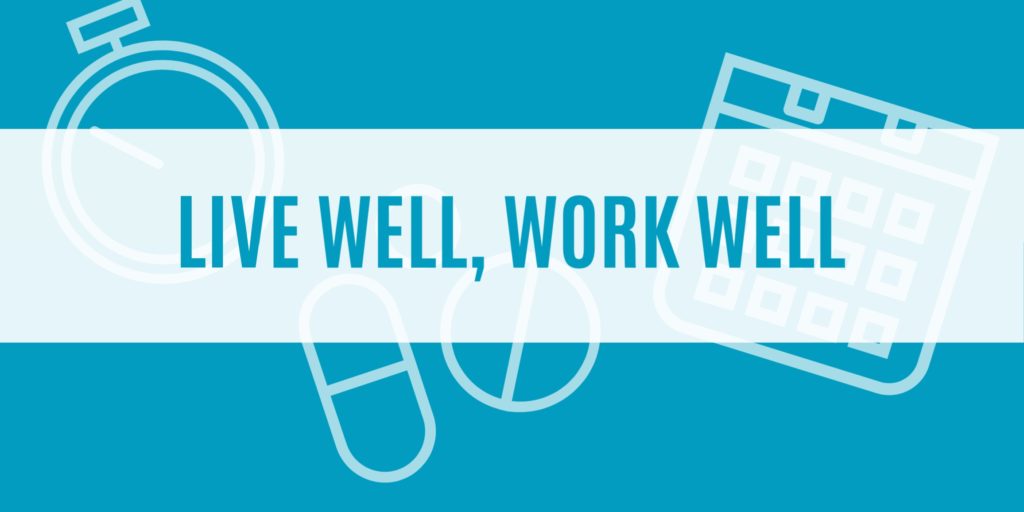 After receiving a COVID-19 vaccine, you’ll be given a vaccine card. If you receive a two-dose vaccine, you should receive your card after your first dose, which will be updated upon your second dose.
After receiving a COVID-19 vaccine, you’ll be given a vaccine card. If you receive a two-dose vaccine, you should receive your card after your first dose, which will be updated upon your second dose.